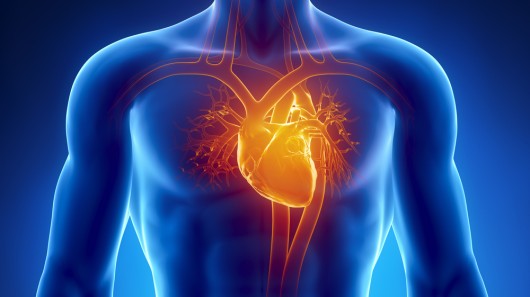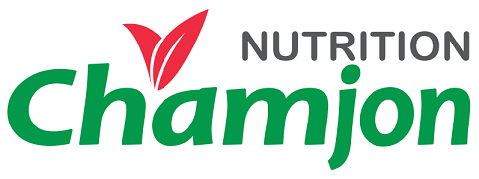The bloodstream is an aqueous solution that has both positive and negative charges, referred to as “polar”. Only polar substances such as proteins can be dissolved and transported in the bloodstream. Therefore, fat, being non-polar, won’t dissolve in the bloodstream. It requires help from the liver. The liver packages fat into lipoproteins, whose outer layer is protein and the center is fat. So protein gets dissolved in the bloodstream and transports fat along with it. In order for the lipoprotein to float and dissolve, it must contain cholesterol. So even though foods may say “cholesterol free“, your body actually has to produce more cholesterol in order to deal with the fat.

If the cells of the body have more cholesterol than is needed, the extra cholesterol stays in the bloodstream for three to five days. This cholesterol is now circulating through the blood vessels, causing a turbulent stream. This strips away some of the inner surface of the blood vessels. The white blood cells, platelets, and other anti-inflammatory cells adhere to the vessel walls, creating plaque, and increasing the risk of developing heart disease.
Foods high in saturated fat and/or total cholesterol
- Red meat, lamb, duck, pork
- Organ meats
- Milk or yogurt (2% or higher)
- Cheese (4% or higher)
- Regular chocolate products
- Palm or coconut oil – candies, pastries, and many processed foods
- Egg yolks (250 mg of cholesterol per yolk)
Any milk or yogurt containing more than 1 % fat is considered bad. Milk contains a saturated fat called myristic acid, which raises cholesterol dramatically. Milk with 2% fat means 2% of the volume is fat, but, in fact, 34% of the calories are from fat (Yeager S, 2011). If more than 20% of a food’s energy is from fat, it is considered unhealthy since it can be a higher risk for cardiovascular health.
The good thing is that when you stop eating these foods, the cholesterol level significantly decreases.
#bloodstream #heartdisease #cardiovascular
